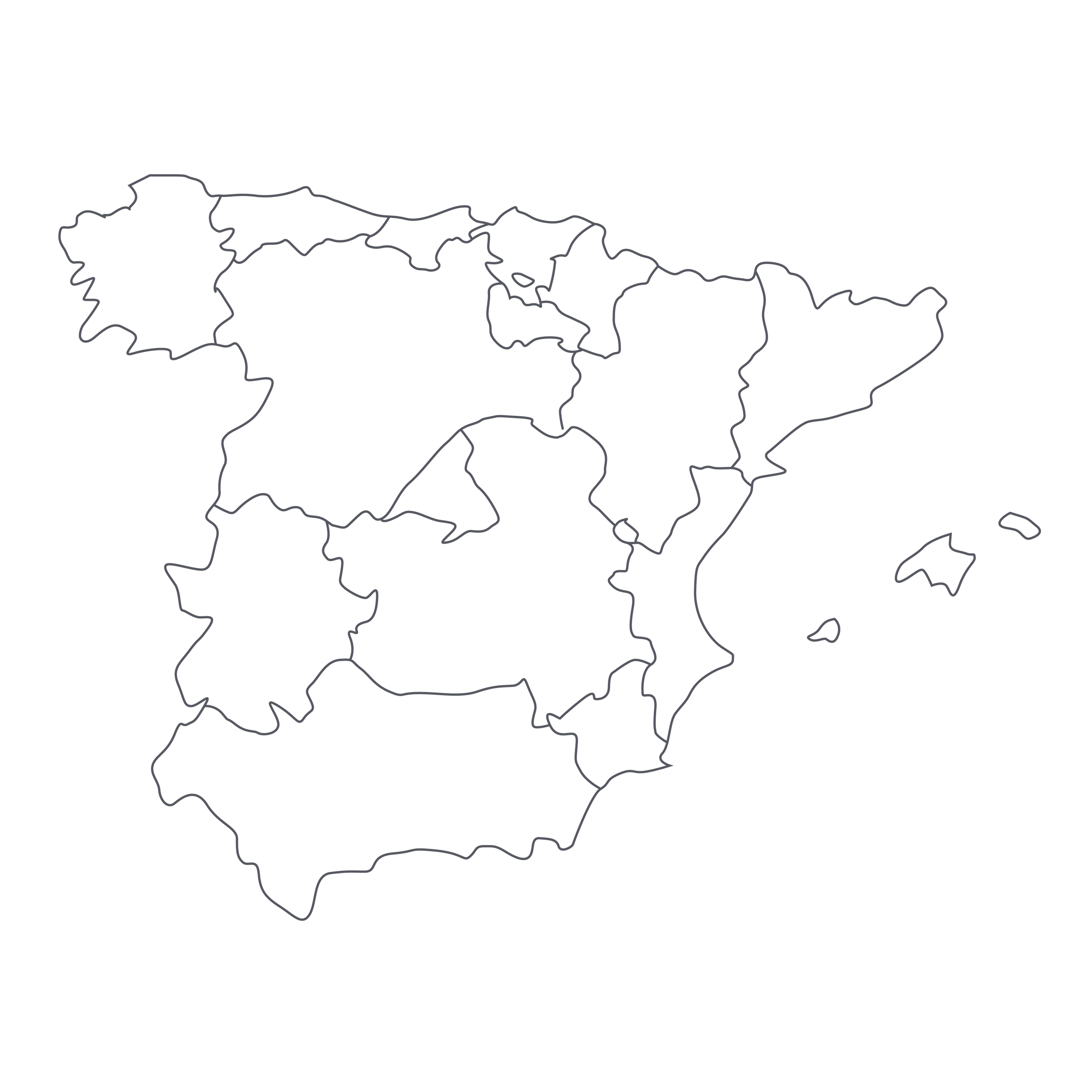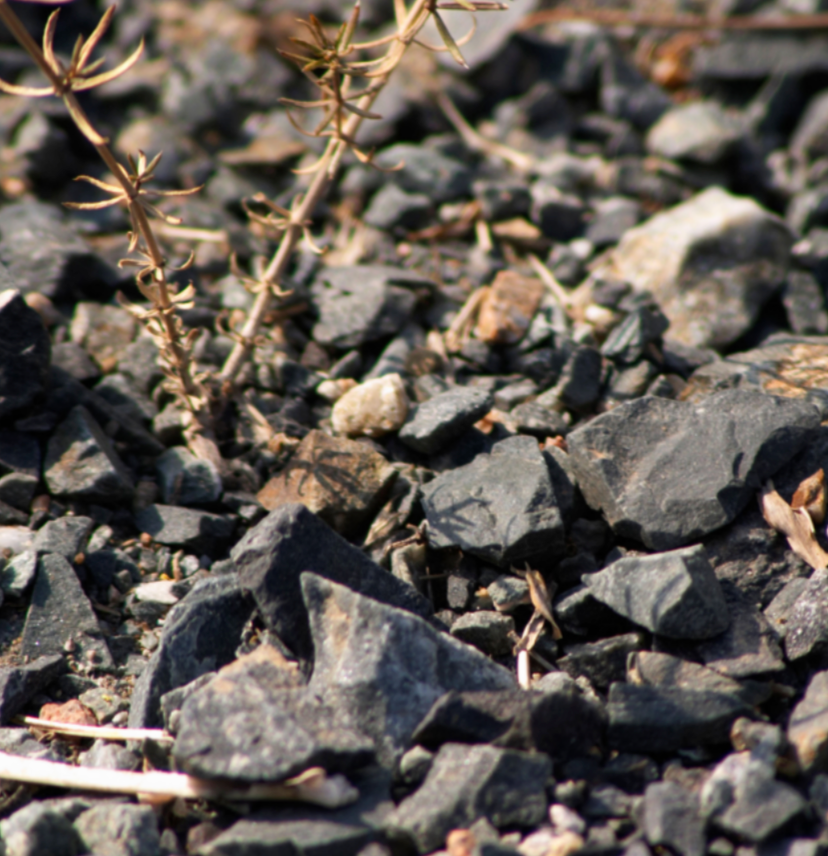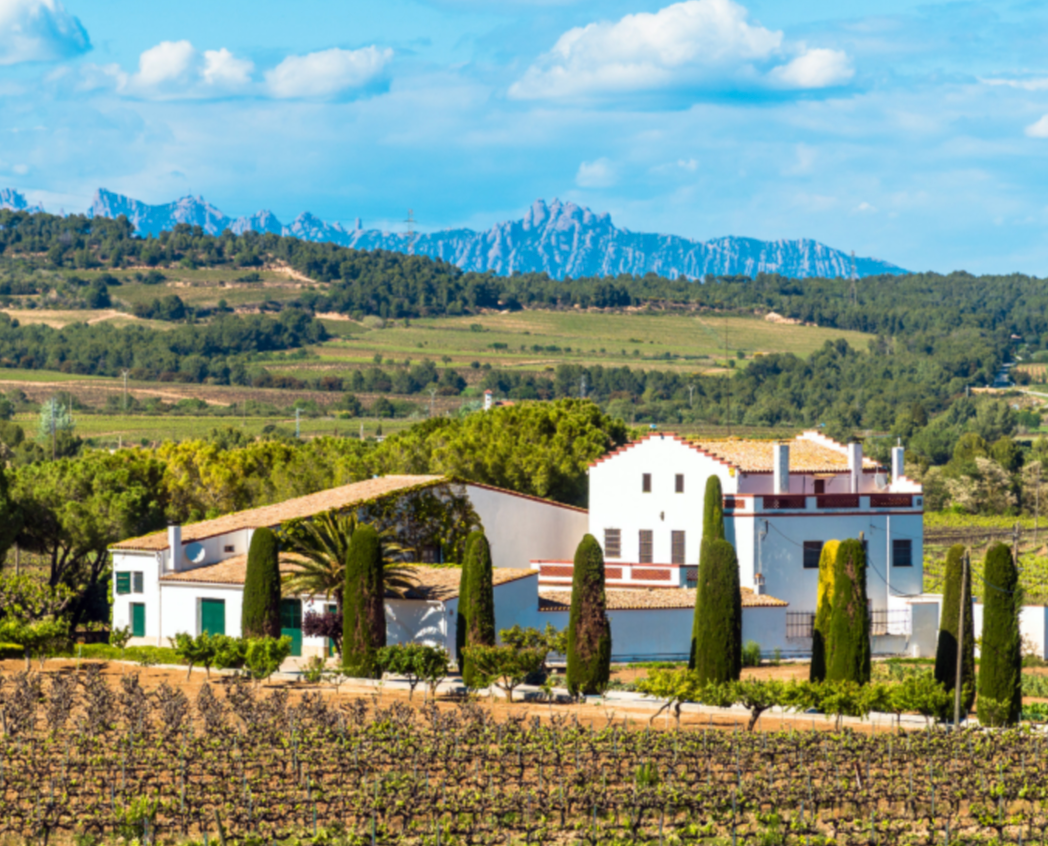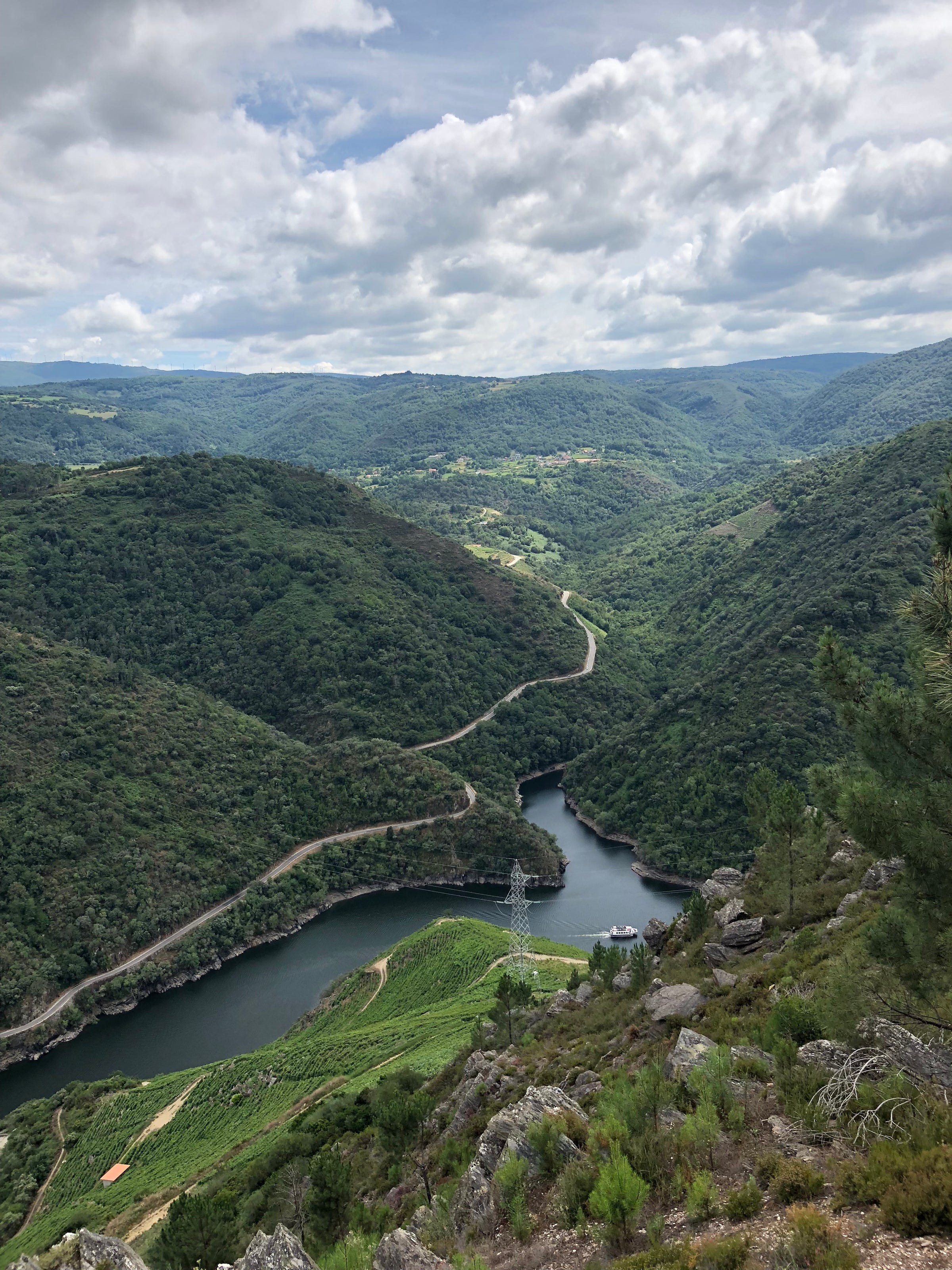The dry styles of Sherry are typically based on the Palomino Fino grape, a high-acid white variety grown in the snow-white, limestone-rich soils locally known as albariza. When the fermentations are complete, the different lots of wine are sampled and selected, at that point, to be sent down one of two paths—either toward “oxidative” aging or “biological” aging. Fino and Manzanilla are the best-known biological styles: they are fortified to get to about 15.5%-16% alcohol, a level which does not prevent the formation of Sherry’s famous flor: a foamy veil of yeast that forms atop the wine and prevents it from oxidizing, keeping it salty, fresh, and silvery straw-yellow in color.
Lots selected for Oloroso are instead fortified to a higher level of a.b.v. (this one is 18%) which prevents the growth of flor and enables the wine to develop all the hallmarks of controlled oxidation, namely a deeper, more burnished brown color and lots of nutty, caramelized notes.
In the middle of the above styles is the amber-gold Amontillado, which starts out aging biologically but eventually loses its flor and continues aging oxidatively. It combines elements of both Fino and Oloroso, delivering both bracing salinity/freshness and deeper notes of burnt caramel, dried orange peel, and chopped hazelnuts.
With some of the oldest and most painstakingly maintained soleras in all of Andalusia—some of them having been in continuous operation for more than 100 years—the Manuel Aragón estate is also one of only three bodegas left in the out-of-the-way village of Chiclana de la Frontera. This is the southern end of the production zone, outside the traditional “Sherry Triangle” of Jerez, Sanlucar de Barrameda, and El Puerto de Santa Maria, and only in 2021 were the laws changed so that wines from Chiclana could carry the Jerez-Xérès-Sherry DO designation—an important bit of “official” recognition for some of the greatest, most artisanal Sherries on the market today.
The Manuel Aragón wines are sourced from nine hectares of organically farmed, estate-owned vineyards (the latter a rarity in Sherry country). The bodega sites just 800 meters from the Gulf of Cádiz, separated only by pine trees. It also benefits from the levante, a warm current that flows west through the Strait of Gibraltar.
After fortification to 15% ABV with neutral grape spirits, Amontillado “El Neto”— named for a longtime employee and wagon driver who used to transport the wines of Manuel Aragón from Chiclana—spends five years aging biologically under a continuous veil of flor. The wine is then fortified to 18% and aged a further 12 years oxidatively. Golden-amber in color and wondrously complex, this is an umami bomb of a wine destined to be paired with a wide range of foods: It would be amazing with foie gras, or pasta with wild mushrooms, or trout amandine…the possibilities are endless given the wine’s melding of sea spray and roasted nut flavors. Serve at 50-55 degrees in white wine glasses. Open bottles will keep well in the refrigerator for at least a week. Cheers!







